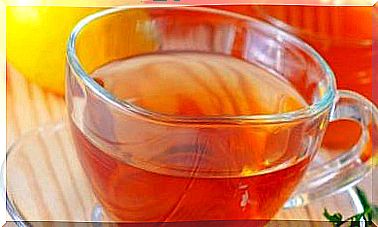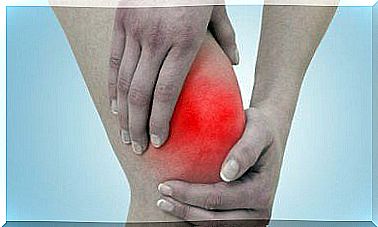Foods That Are Harmful To Gout
An X-ray is very reliable in diagnosing chronic gout. However, this is not helpful for temporary complaints, so a blood analysis must be carried out.
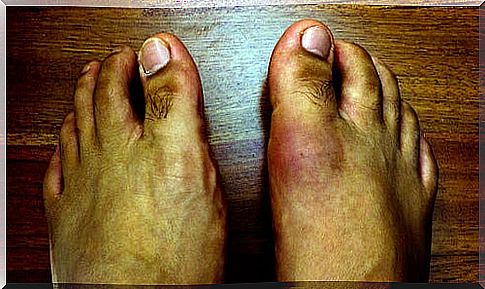
Today our article is about foods that may be harmful to gout.
Gout is a painful inflammation of the limbs caused by the buildup of uric acid. This disease can appear in the feet, knees, ankles, and very often the big toe.
A “flare” can take up to a few months.
Adult men and people who are overweight are particularly at risk from this disease. It is important to switch to a healthy diet and to avoid harmful foods in the case of gout .
8 harmful foods for gout
seafood
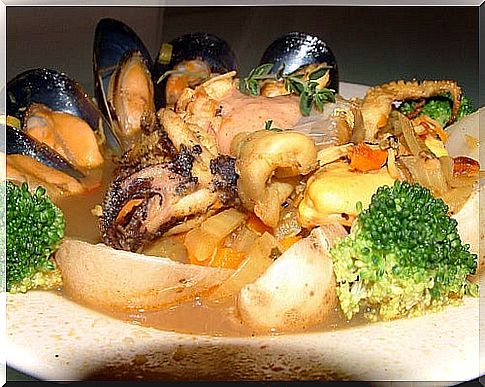
Seafood is very harmful to gout patients because it contains a high proportion of purine, which is broken down into uric acid in the body. If you don’t have gout, you can of course eat seafood, but in moderation.
Doctors recommend that you generally should not consume more than 4-6 pieces per week. Ask your doctor for more advice.
Pegs
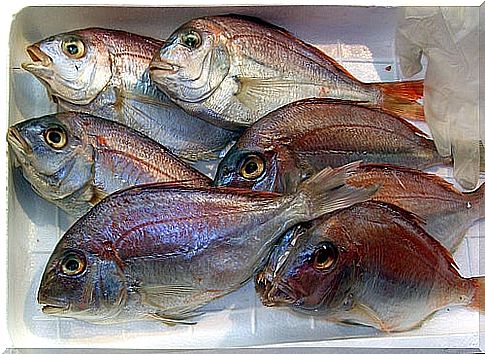
In contrast to seafood, which is allowed in small quantities, this type of fish should be completely eliminated from the menu.
Herring is a harmful food in gout. You should also avoid anchovies and tuna.
Crabs, eels, lobsters and prawns should only be consumed in small quantities. Your doctor should give you more information on this.
beer

Beer can double the risk of gout in particularly vulnerable people. This happens for two reasons: on the one hand, beer increases the uric acid levels in the body, and on the other hand, it makes it more difficult to eliminate various pollutants contained in the acid.
The best alternative in this case is wine, but again this should not be drunk in excess, and more than one glass in the evening with dinner is not recommended.
Don’t forget that some doctors completely prohibit the consumption of alcohol for gout. Ask your doctor for advice on this as well.
Red meat
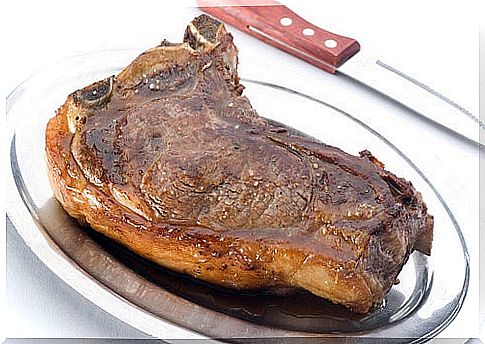
Red meat is also high in purine and high in cholesterol, so it can lead to weight gain. We recommend white meat (chicken) or fish. Red meat, on the other hand, should rarely be on the menu.
Some specialists advise against both pork and beef. Your doctor will advise you on this as well.
Turkey
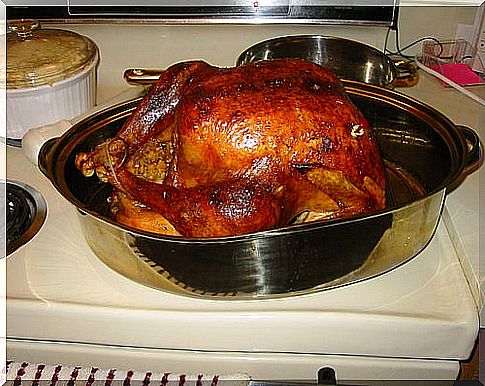
Just like geese, this meat contains a lot of purines and is therefore not recommended for gout. Gout patients should consume as few field and wild animals as possible.
The “safest” options here are chicken and duck, with the leg being more advisable than brisket. Ask your doctor for more specific advice.
Sweetened drinks

Avoid all soft drinks that contain corn syrup or fructose, including diet sodas and packaged juices. These drinks contain sweeteners that increase the production of uric acid. Because of this, they are harmful foods in gout.
Daily consumption of sugary drinks or fructose increases the risk of gout, especially in women. Your doctor will advise you on this.
asparagus
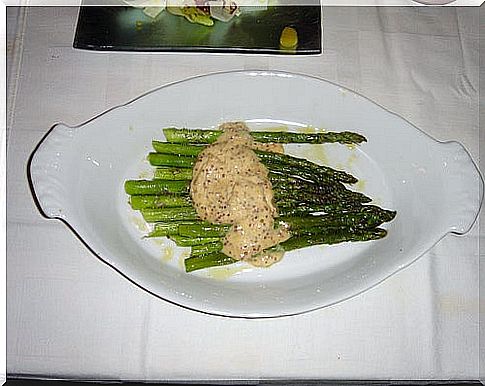
This group also includes cauliflower, spinach and mushrooms, as they contain more purines than the other vegetables. However, if you want to keep consuming these foods, you can simply reduce the amount instead of giving them up altogether.
The vegetarian diet in itself helps eliminate purines. Talk to your doctor about this.
liver
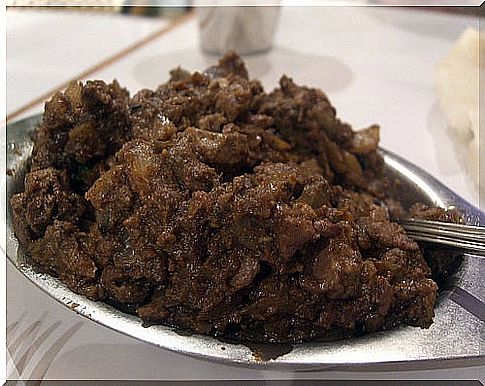
Liver, kidneys and sweetbreads as well as all offal from cow, lamb etc. are harmful foods in gout. Actually, they are generally not beneficial to health.
However, this prohibition applies in particular to gout patients. Surely your doctor can provide you with more information.
What can you eat?
There are many foods that can be eaten with gout without any problems:
- Low-fat milk
- Complex carbohydrates
- coffee
- fruit
- Citrus fruits
Therefore, drink enough fluids every day: water, tea and natural juices. All drinks except sugary soft drinks and beer should be allowed after consulting your doctor.
This is because they facilitate the flow of blood and the elimination of harmful substances with the urine.
Most of the time, gout is diagnosed by pain in the foot or increased uric acid levels in the blood. The synovial fluid analysis is even more precise if the diagnosis is in doubt.
X-rays can also help identify chronic gout, but not in acute or mild cases.
Images courtesy of Guian Bolisian, Alfa, Gideon, Lindsey G, Soyculto, jdolenga, stu_spivack, and Curt Gibbs.




